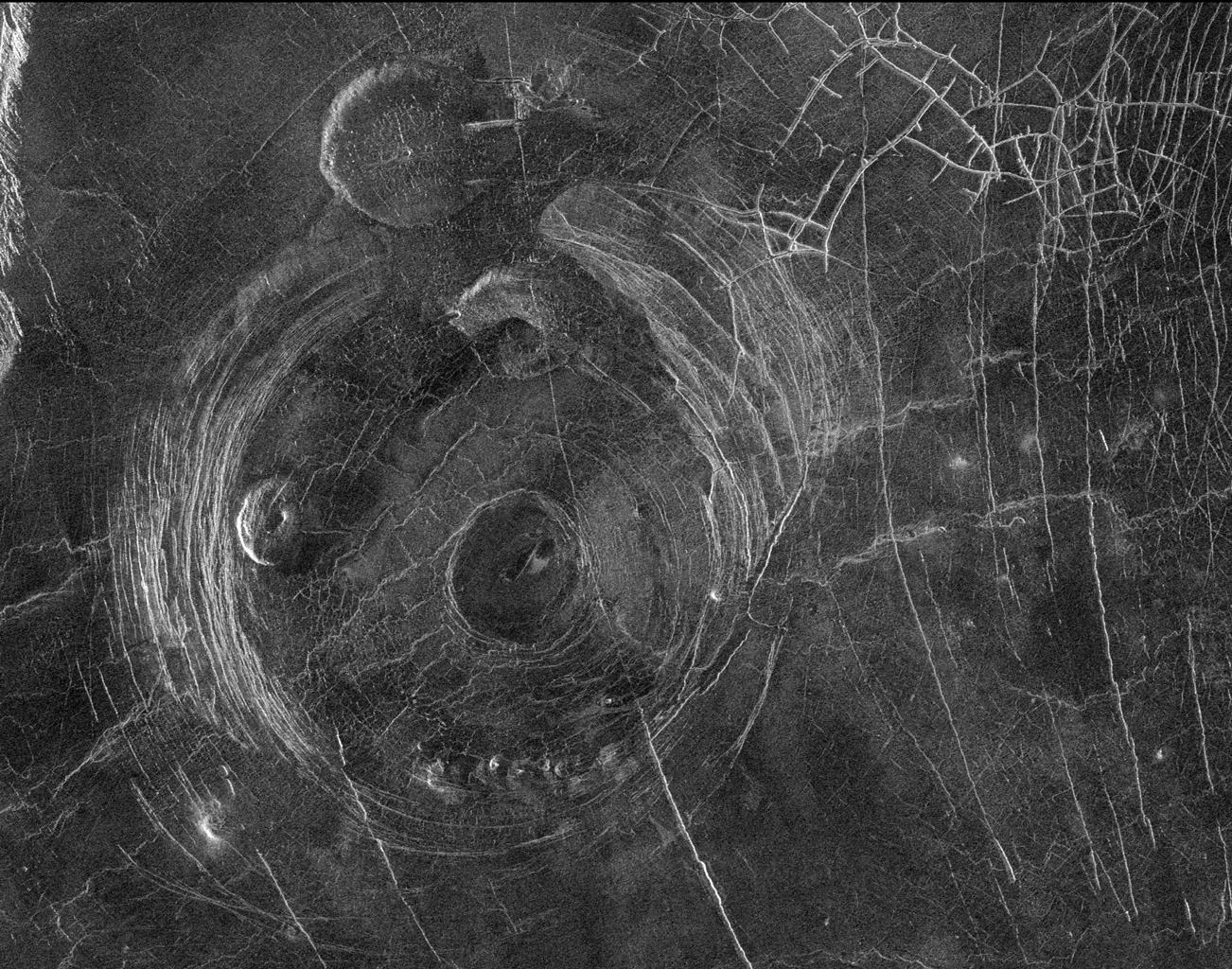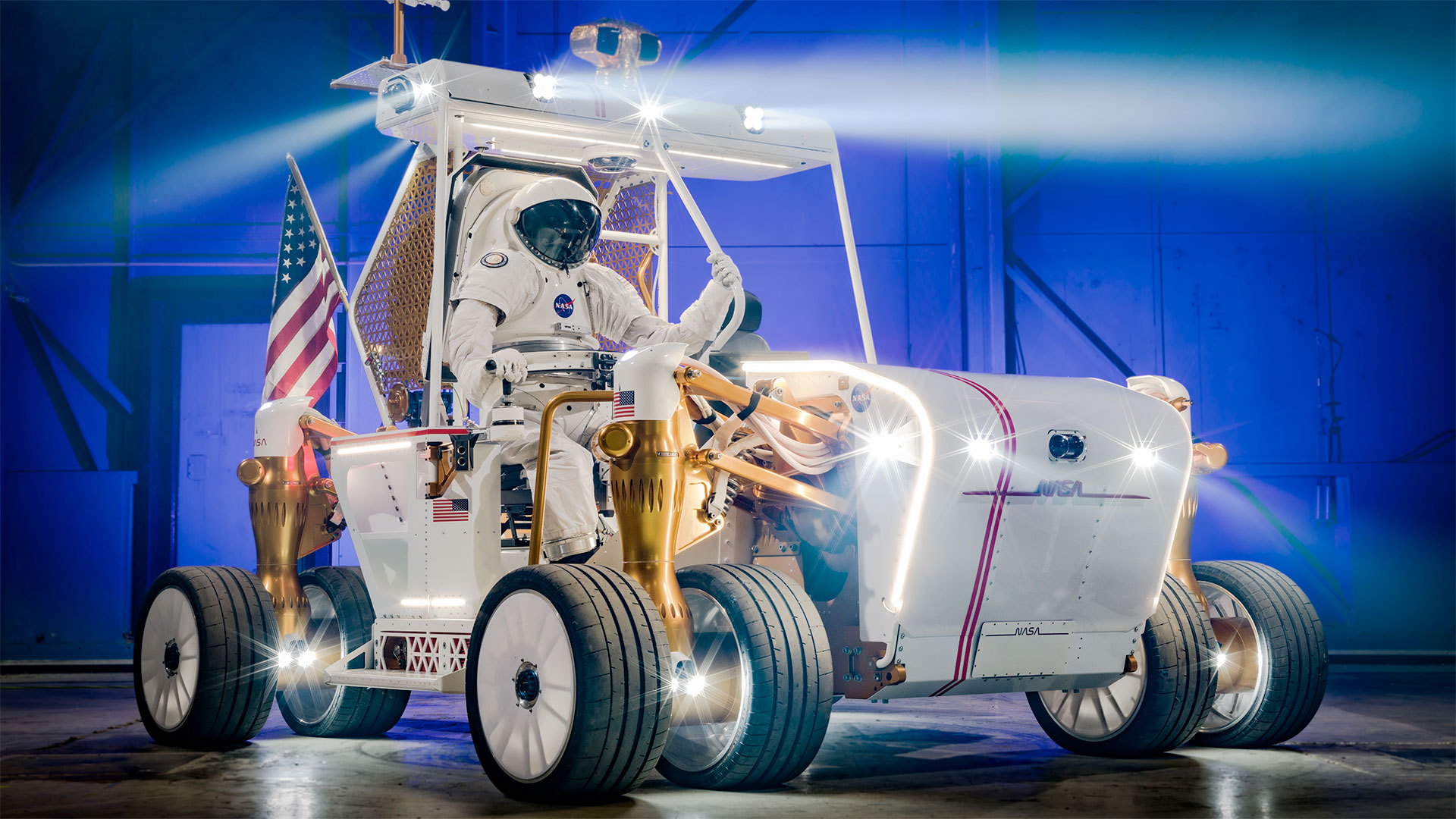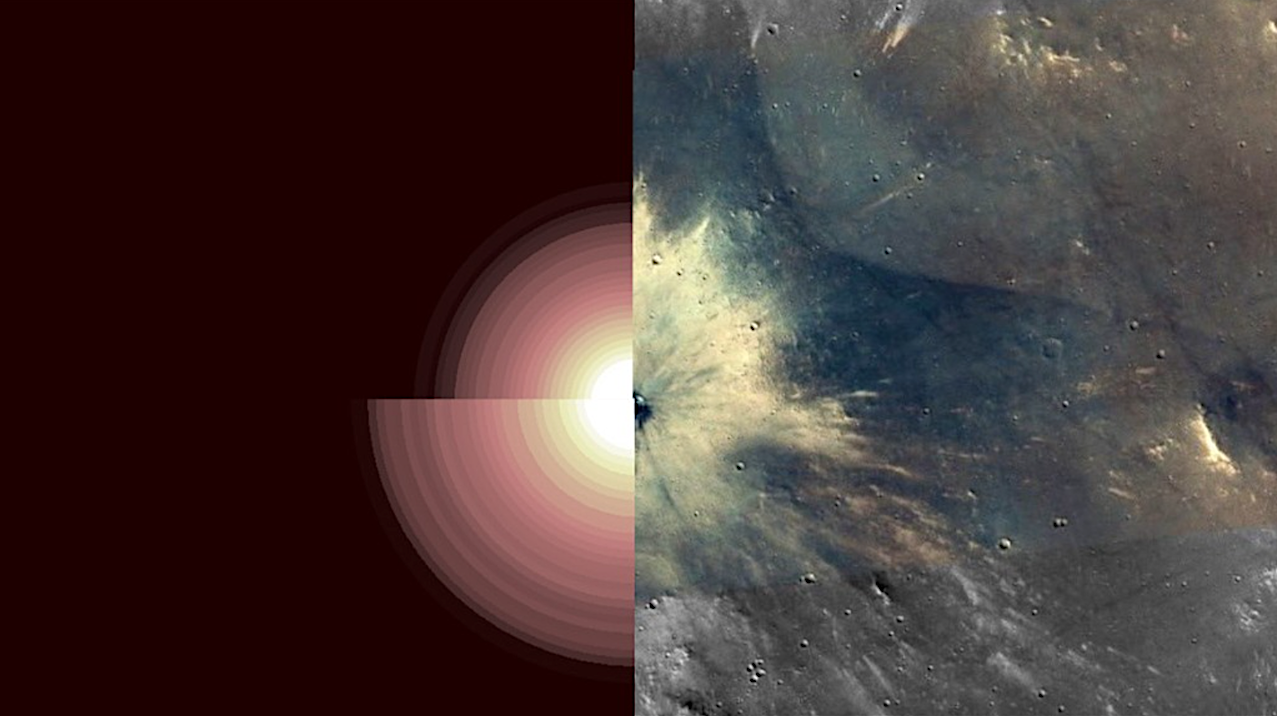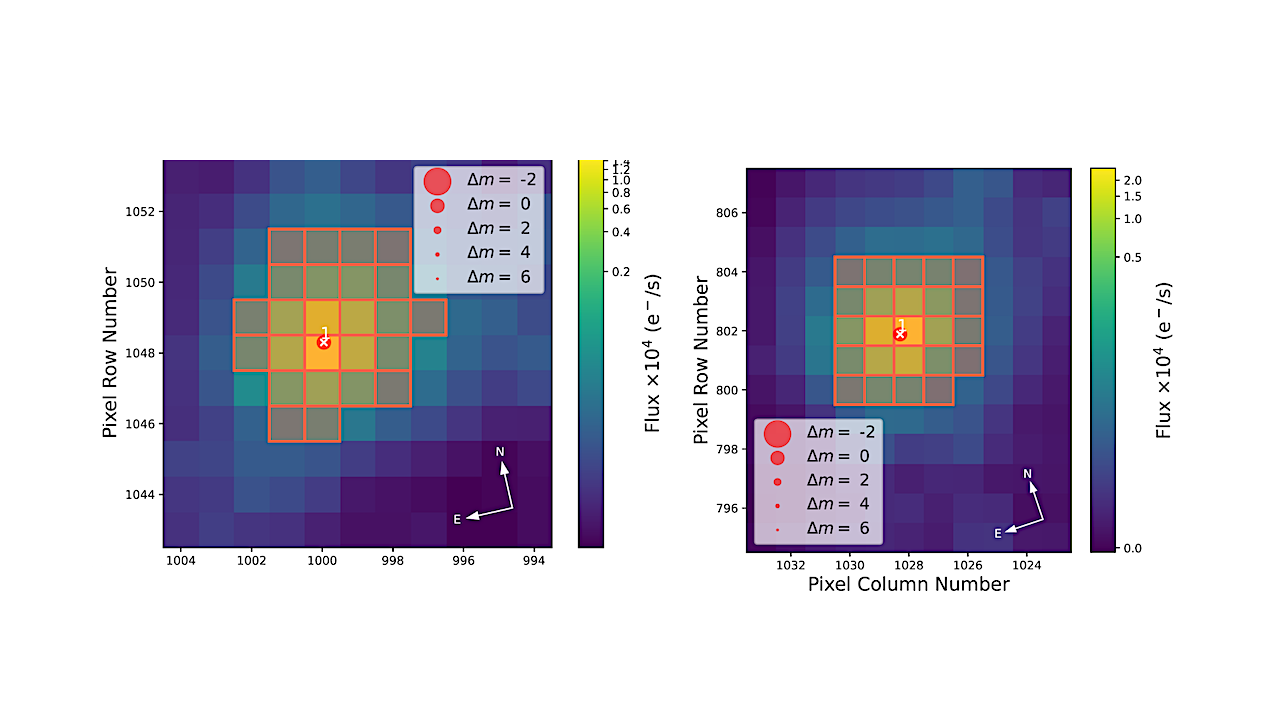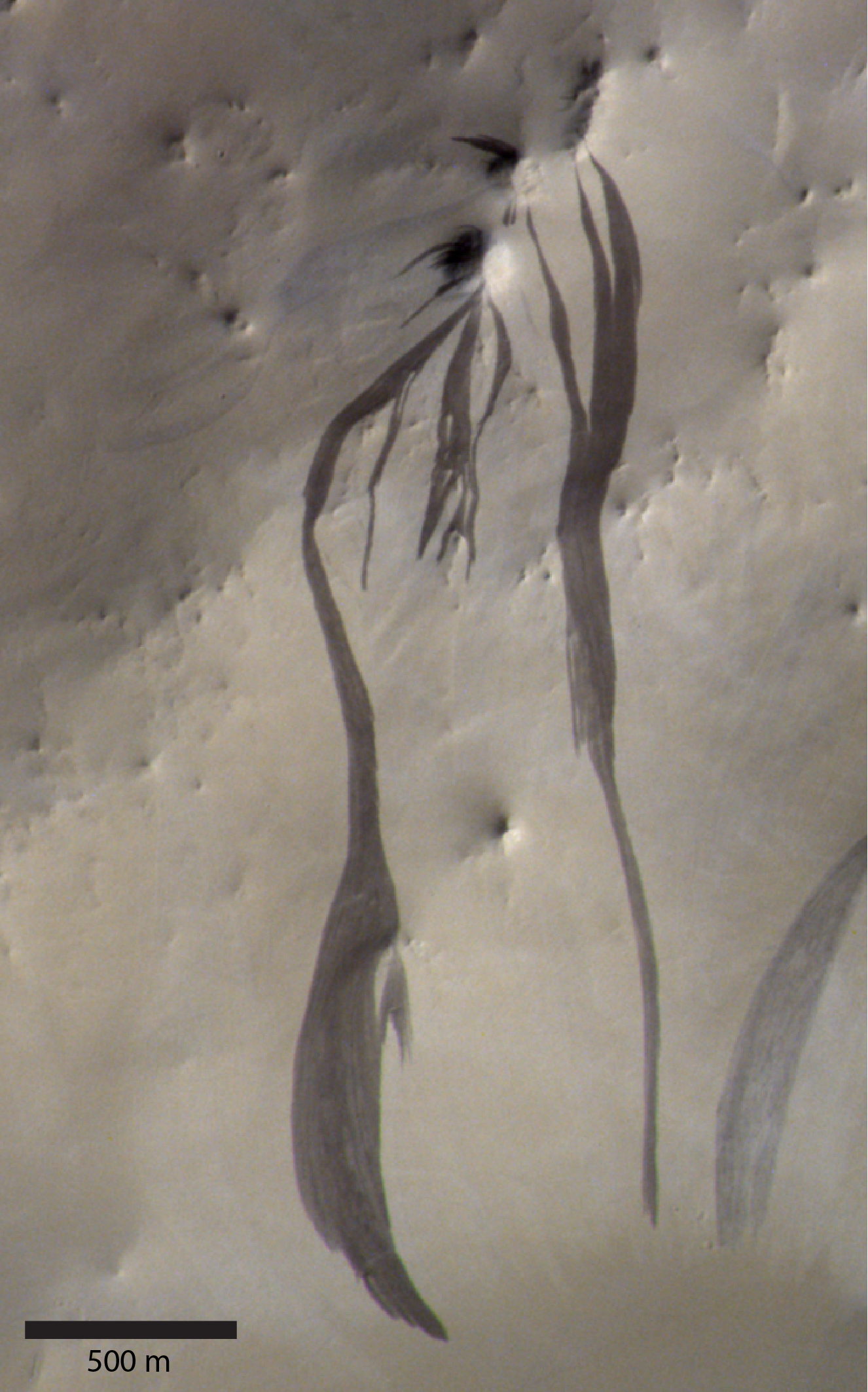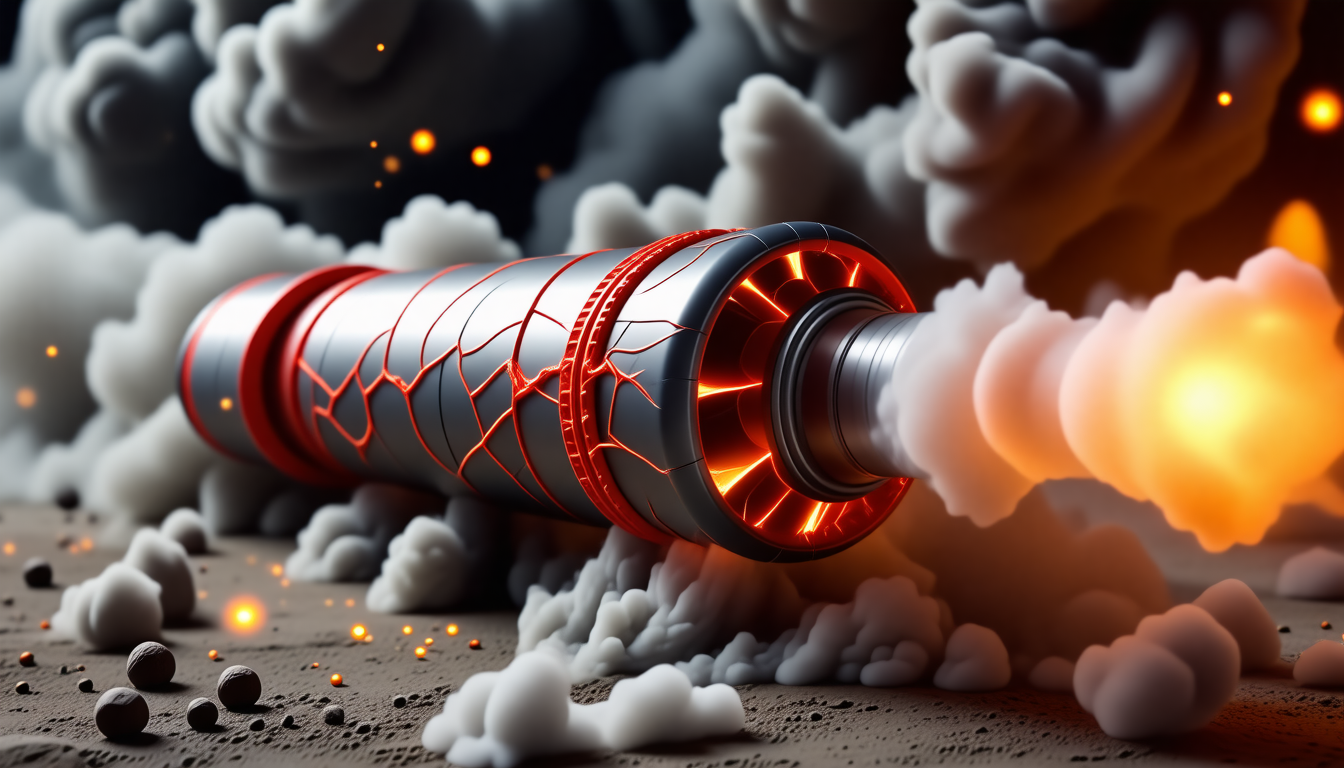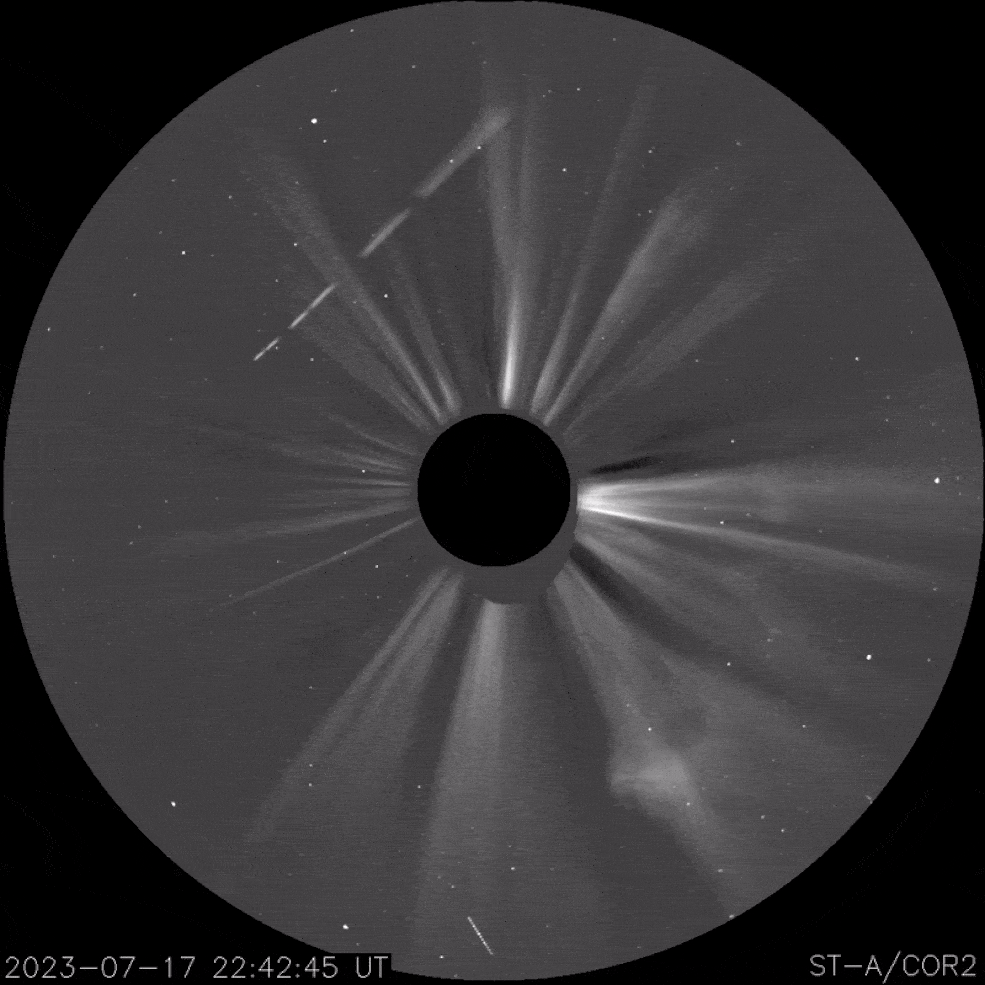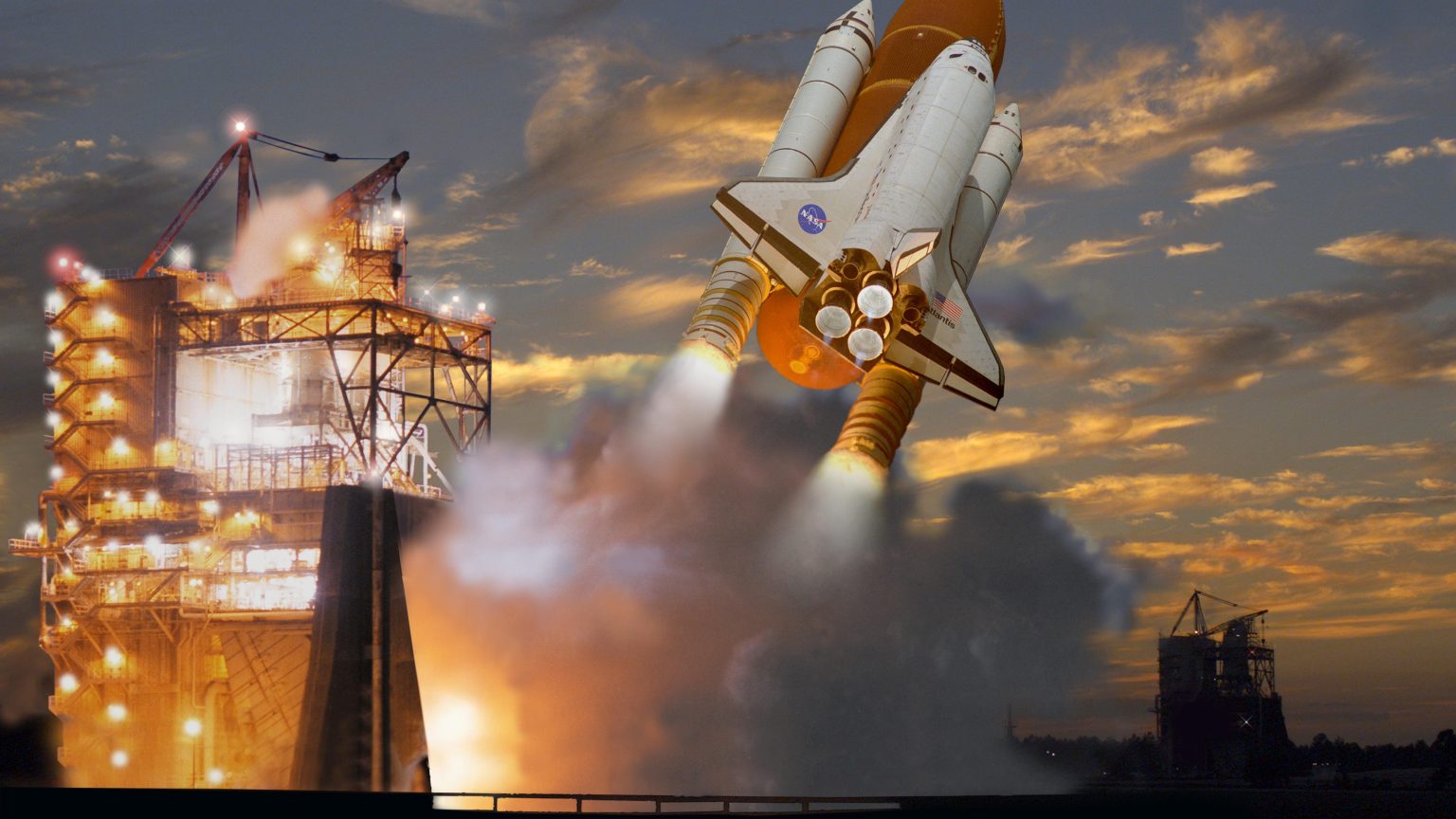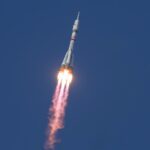A new study reveals overlooked signs of geological activity on Venus — clues that the planet’s mysterious surface is still changing today. These signs, found in giant circular features called
Archive for May, 202543- Page
NASA’s prototype for a lunar terrain vehicle (LTV) is seen lit in white and blue in an award-winning photograph. (Image credit: NASA/Bill Stafford and Helen Arase Vargas) NASA’s prototype for
By analyzing how far material ejected from an impact crater flies, scientists can locate buried glaciers and other interesting subsurface features. On the left is an image of a fresh
ST. LOUIS — Japan’s Institute for Q-shu Pioneers of Space, iQPS, plans to launch eight additional synthetic aperture radar (SAR) satellites through the end of 2026. Rocket Lab, the U.S. launch
Target pixel file from the TESS observation of Sector 54 and Sector 55, centered respectively on TOI-5800 (top panel) and TOI-5817 (bottom panel). The SPOC pipeline aperture is shown by
First identified in the 1970s by NASA’s Viking mission, long, dark markings snake down Martian slopes, sometimes stretching across Mars’ surface for hundreds of feet. Scientists have watched some of
Understanding the Rocket Failure Mechanism The recent test of a 3D-printed combustion chamber ended in a dramatic failure that highlights the hidden complexities involved in modern rocket engineering. At the
TAMPA, Fla. — Seraphim Space announced the startups joining the 15th round of its networking and mentoring accelerator program May 19, reflecting the rising convergence of commercial innovation and national
An extreme solar storm hit Earth some 14,300 years ago, more powerful than any other such event known in human history, a new analysis of radiocarbon data has revealed. The
6 Min Read A Defining Era: NASA Stennis and Space Shuttle Main Engine Testing The numbers are notable – 34 years of testing space shuttle main engines at NASA’s Stennis
-
 012024 in Review: Highlights from NASA in Silicon Valley
012024 in Review: Highlights from NASA in Silicon Valley -
 02Panasonic Leica Summilux DG 15mm f/1.7 ASPH review
02Panasonic Leica Summilux DG 15mm f/1.7 ASPH review -
 03How New NASA, India Earth Satellite NISAR Will See Earth
03How New NASA, India Earth Satellite NISAR Will See Earth -
 04And Thus Begins A New Year For Life On Earth
04And Thus Begins A New Year For Life On Earth -
 05Astronomy Activation Ambassadors: A New Era
05Astronomy Activation Ambassadors: A New Era -
06SpaceX launch surge helps set new global launch record in 2024
-
 07Space Force plans new ‘Futures Command’ amid pressure to speed up modernization
07Space Force plans new ‘Futures Command’ amid pressure to speed up modernization


